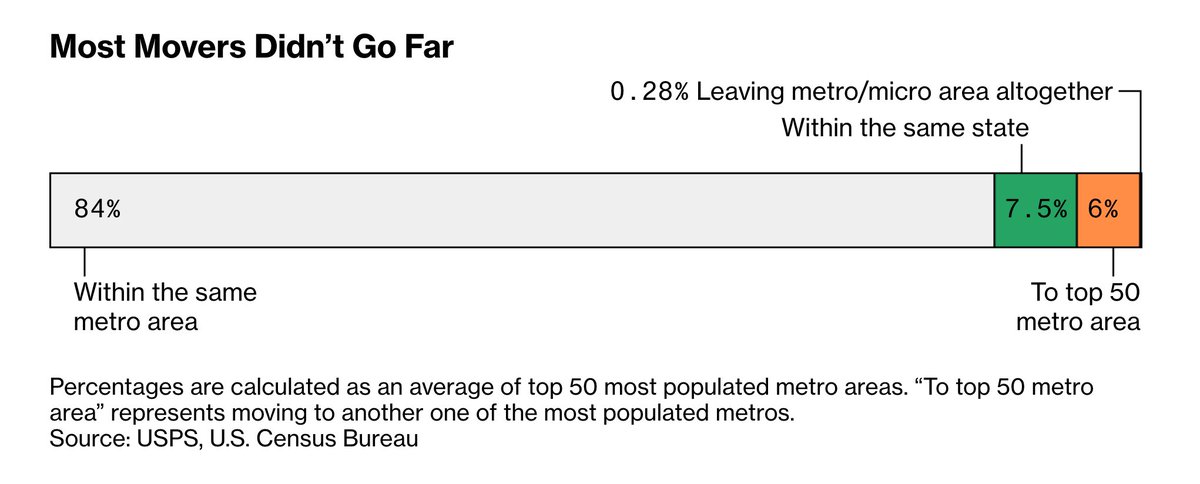
The U.S. housing market shifted into overdrive during the pandemic, with more than 6 million homes selling in 2021 despite skyrocketing prices in many cities.
In early 2022, there's no sign that cutthroat bidding and rising prices won't continue trib.al/nS39ovW
In early 2022, there's no sign that cutthroat bidding and rising prices won't continue trib.al/nS39ovW

"It's uniquely challenging for first-time buyers, since they're not benefitting from the increase in home prices," said Realtor.com chief economist Danielle Hale, who predicts more record-high home prices this year trib.al/91fVwCS
"If you're the type of person who falls in love with a house, this is not your market," says Candace Evans, a Redfin team manager in New York.
"Buyers should anticipate that they may not win a house until their sixth or seventh bid." trib.al/GlEuiul
"Buyers should anticipate that they may not win a house until their sixth or seventh bid." trib.al/GlEuiul
The struggles of the entry-level homeowner represent just one facet of the nation's interconnected housing challenges.
U.S. cities are also seeing "absolutely wild increases in rents right now," said Whitney Airgood-Obrycki of Harvard's Joint Center for Housing Studies (JCHS)
U.S. cities are also seeing "absolutely wild increases in rents right now," said Whitney Airgood-Obrycki of Harvard's Joint Center for Housing Studies (JCHS)

This bonkers boost in rents, home prices and monthly mortgage payments will add pressure in a trickle-down effect that's continued to define the decade's housing challenges, stressing programs that the housing insecure count on to provide support 

Some states are exploring policy solutions to curb rent spikes.
In New York, lawmakers and housing advocates are asking Governor Kathy Hochul to support a bill that would prevent landlords from evicting paying tenants in order to raise rents trib.al/VNXspnl
In New York, lawmakers and housing advocates are asking Governor Kathy Hochul to support a bill that would prevent landlords from evicting paying tenants in order to raise rents trib.al/VNXspnl
Fueled by a desire for space and liberated by remote work, homebuyers are also pushing development ever deeper into the suburban outskirts of U.S. cities trib.al/3XvdF6u 

New construction, which has been booming, could offer relief over the longer term.
But homebuilding is facing challenges of its own: Rising costs — for land, labor and lumber — are making new single-family homes and multifamily units more expensive to build
But homebuilding is facing challenges of its own: Rising costs — for land, labor and lumber — are making new single-family homes and multifamily units more expensive to build

Shut out of homeownership, many higher-income households have turned to amenitized, upscale apartments.
Research from RentCafe finds that high-earning Millennials are behind a boom in "lifestyle renting" in cities such as Las Vegas, Phoenix and Indianapolis
Research from RentCafe finds that high-earning Millennials are behind a boom in "lifestyle renting" in cities such as Las Vegas, Phoenix and Indianapolis

Despite the abundant talk of a pandemic-era move to the suburbs, mobility rates for renters are also at an all-time low, according to JCHS data.
It suggests people can't move for jobs and opportunities as much as they did in the past.
Read more: trib.al/nS39ovW
It suggests people can't move for jobs and opportunities as much as they did in the past.
Read more: trib.al/nS39ovW
• • •
Missing some Tweet in this thread? You can try to
force a refresh







